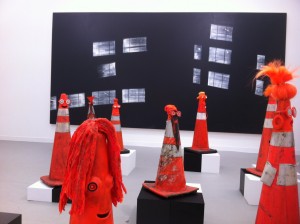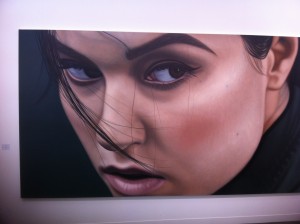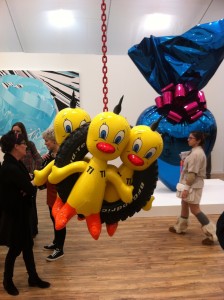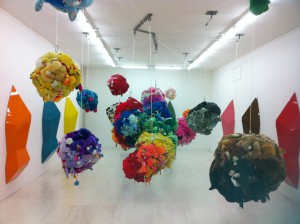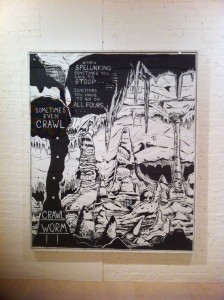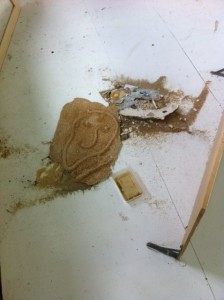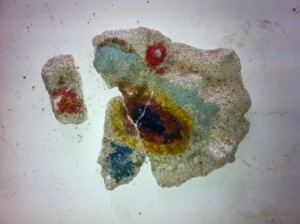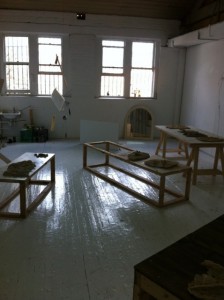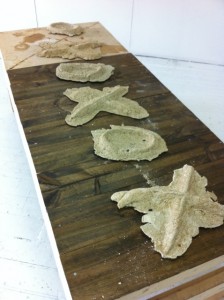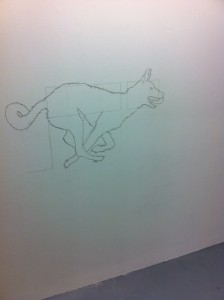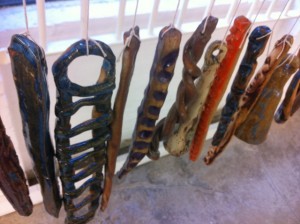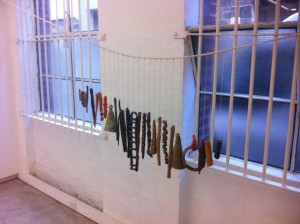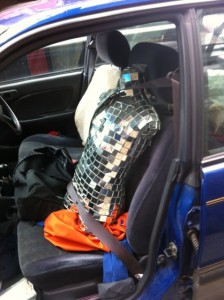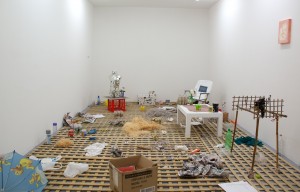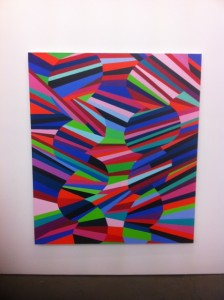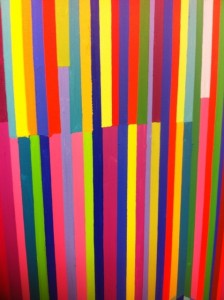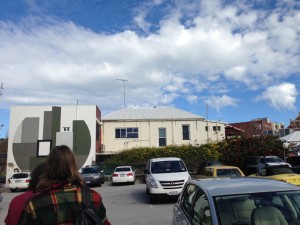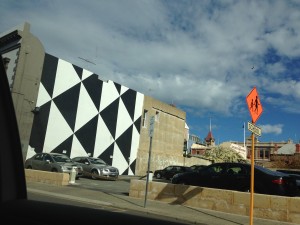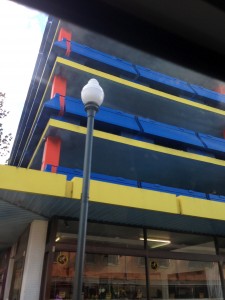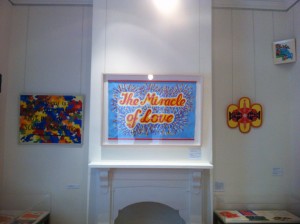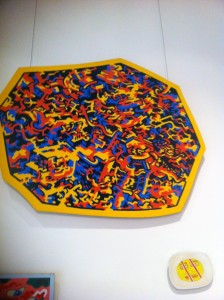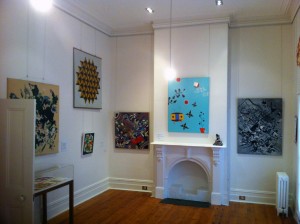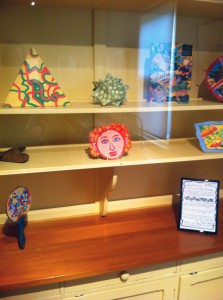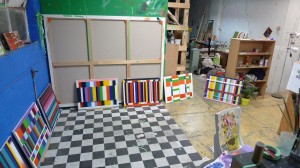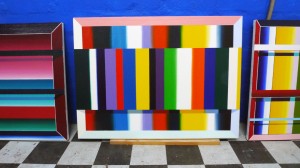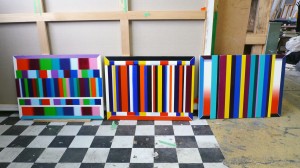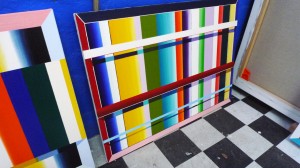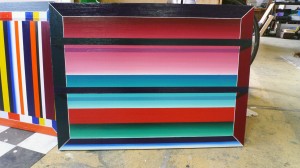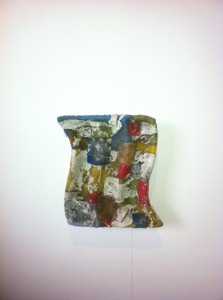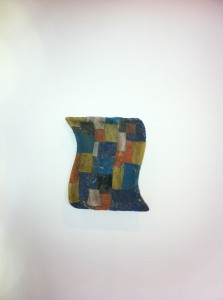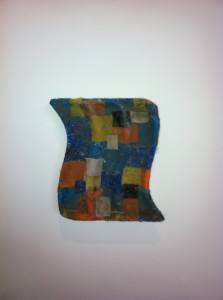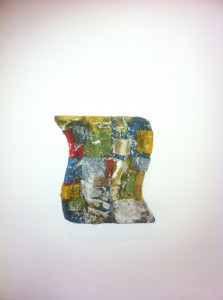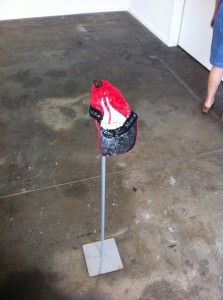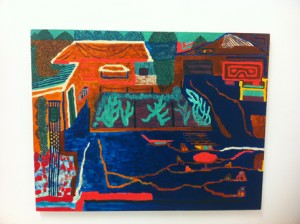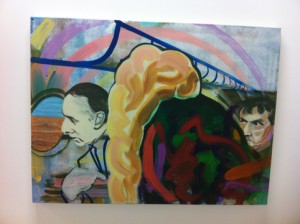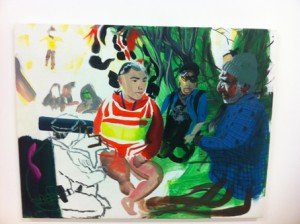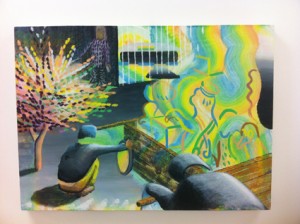Trev goes to Frieze London and Chelsea in New York. Enjoys it, but still …
Facebook, The Age. Facebook, The Age. When will I ever ‘Facebook’ The Age? Status imminent to ‘Facebook’ The Age … (The newspaper I mean). You see I’m at Frieze Art Fair in London. I see a Rob Pruitt he’s doing well. The huge portrait of Sasha Grey the porn star is doing well, Koons is doing REAL well, bit of funs never hurt anybody is doing well. I’m implicit dreaming I’m an old money collector. Fantasy is along for the ride. Facebook, The Age, Facebook, The Age. Instagram. Scroll, scroll, scroll away. Saltz on ‘The new uncanny’, blah. Facebook, The Age. Facebook, The Age. Now I’m in a Lear Jet two-seater with Drake checking out what he’s gonna buy from that poor show of Matthew Day Jackson at Hauser & Wirth, those post-Damian Hirst tiddly bits. Facebook, The Age, Facebook, The Age. Now Instagram. Scroll, scroll, scroll, scroll, scroll, scroll, scroll, keeping on scrollin now ‘Facebook’ The Age. Facebook, The Age. Media is a medium, damn the creator. Facebook, The Age. Soulful Soldier this Oscar Murillo but he’s just like a cashed up Basquiat getting Tupac money twice over. I suppose it’s not his fault. Schnabel’s heaving ho heave ho. Get out of Drake’s jet in NY to go MoMA PS1 and see why Mike Kelley killed himself. Facebook The Age Facebook ‘The Age’. Kanye’s New Video ‘Bound 2’ Kim Kardashian’s assets. Final Facebook + The Age. In the words of Kelley ‘When SPERLUNKING sometimes you have to stoop … sometimes you have to go on ALL FOURS … SOMETIMES EVEN CRAWL … CRAWL WORM’
Gavin Brown’s Enterprise, Gagosian Gallery and Galerie Max Hetzler, Frieze London, Regents Park, 17–20 October 2013.
Mathew Day Jackson, Something ancient, something new, something stolen, something new, Hauser & Wirth, New York, 6 September – 19 October 2013.
Mike Kelley, MoMa PS1, New York, 13 October 2013 – 2 February 2014.
